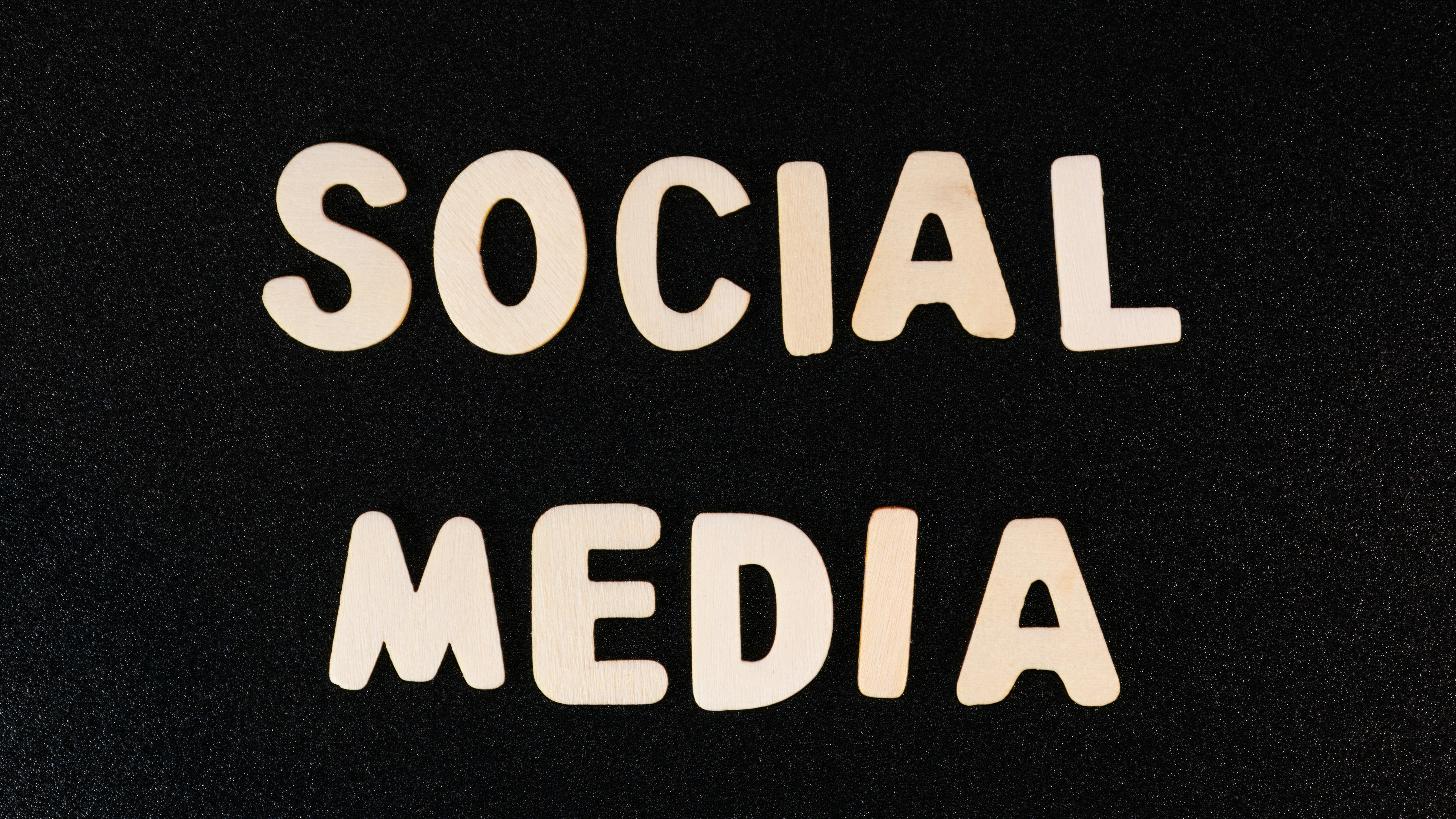What is web 3 : A Dive into Web 3.0

What is web 3 ? : A Dive into Web 3.0
Navigating the Waves of Innovation:
The evolution of the internet has witnessed transformative shifts, from the static web of the early days to the dynamic, interactive landscape of Web 2.0. Now, on the horizon, emerges Web 3.0 — a paradigm that promises to redefine the way we interact, transact, and decentralize the digital realm. In this article, we will explore the key features, principles, and potential implications of Web 3.0.
Understanding Web 3.0: Web 3.0, often referred to as the “semantic web” or the “decentralized web,” is not a specific technology but rather a set of principles and technologies that aim to enhance the internet’s capabilities. At its core, Web 3.0 seeks to create a more intelligent, connected, and decentralized online ecosystem.
Key Features of Web 3.0:
-
Decentralization: Web 3.0 is synonymous with decentralization. Unlike the centralized nature of Web 2.0 platforms, where data is controlled by a few entities, Web 3.0 leverages blockchain and distributed ledger technologies to enable a more democratic and transparent system.
-
Interoperability: Interoperability is a cornerstone of Web 3.0, fostering seamless communication and interaction between various platforms and applications. This allows users to navigate the internet without facing siloed experiences.
-
Semantic Understanding: Web 3.0 aims to enhance the internet’s understanding of data through advanced technologies like natural language processing and machine learning. This enables computers to comprehend content in a more human-like manner, improving the relevance and context of information.
-
Smart Contracts: Smart contracts, powered by blockchain technology, are self-executing contracts with the terms of the agreement directly written into code. These contracts automate and enforce the execution of agreements, reducing the need for intermediaries.
-
User Control and Privacy: Web 3.0 places a strong emphasis on user control over personal data. Users have the ability to own, control, and selectively share their data, mitigating privacy concerns prevalent in the centralized web.
Potential Implications:
-
Economic Incentives: The decentralized nature of Web 3.0 introduces new economic models. Cryptocurrencies, decentralized finance (DeFi), and non-fungible tokens (NFTs) are examples of innovations that can reshape traditional financial systems.
-
Empowerment of Users: Web 3.0 shifts the power dynamic from centralized entities to users. With ownership of data and digital assets, individuals have greater autonomy and control over their online experiences.
-
Reduced Intermediaries: Smart contracts eliminate the need for intermediaries in various transactions, streamlining processes and reducing costs. This has profound implications across industries, from finance to supply chain management.
-
Global Collaboration: Interoperability fosters global collaboration, enabling individuals and organizations to work together seamlessly across borders. This could lead to a more interconnected and collaborative global society.
Challenges and Considerations:
-
Scalability: The current limitations of blockchain technology, such as scalability issues and high transaction costs, need to be addressed for widespread adoption of Web 3.0.
-
Regulatory Landscape: The decentralized nature of Web 3.0 poses challenges for existing regulatory frameworks. Striking a balance between innovation and regulatory compliance is crucial.
-
Education and Adoption: Achieving widespread adoption requires education and awareness. Users and businesses need to understand the benefits and potential of Web 3.0 to embrace the transition.
Web 3.0 represents a promising future where the internet evolves into a more decentralized, intelligent, and user-centric space. While challenges remain, the potential benefits in terms of economic empowerment, user control, and global collaboration make Web 3.0 a transformative force that is reshaping the digital landscape. As we navigate the waves of innovation, the journey towards Web 3.0 is an exciting exploration into the next frontier of the internet.



